PNNL team develops new low-cost method to convert captured CO2 to methane
Green Car Congress
SEPTEMBER 3, 2021
Methane derived from CO 2 and renewable H 2 sources is an attractive fuel, and it has great potential as a renewable hydrogen carrier as an environmentally responsible carbon capture and utilization approach. —Heldebrant et al. Different methods for converting CO 2 into methane have long been known.



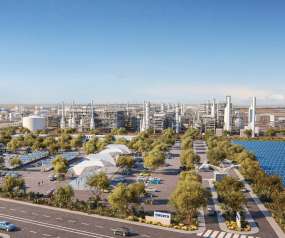







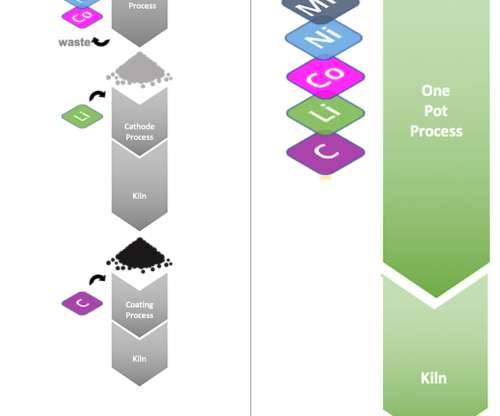
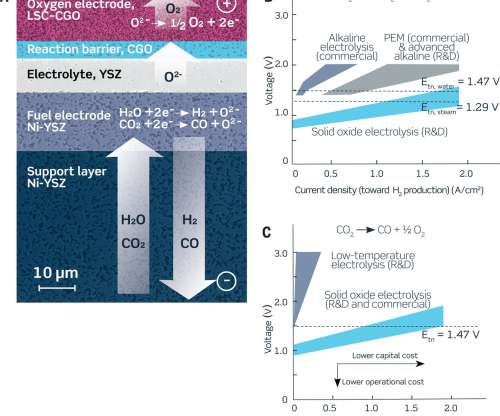













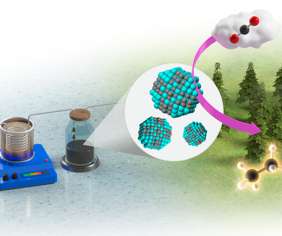






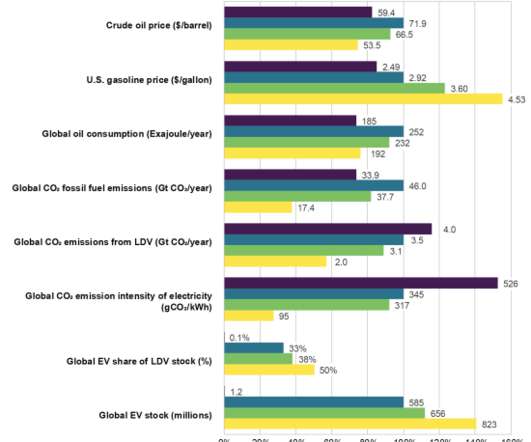








Let's personalize your content